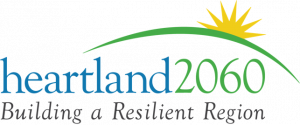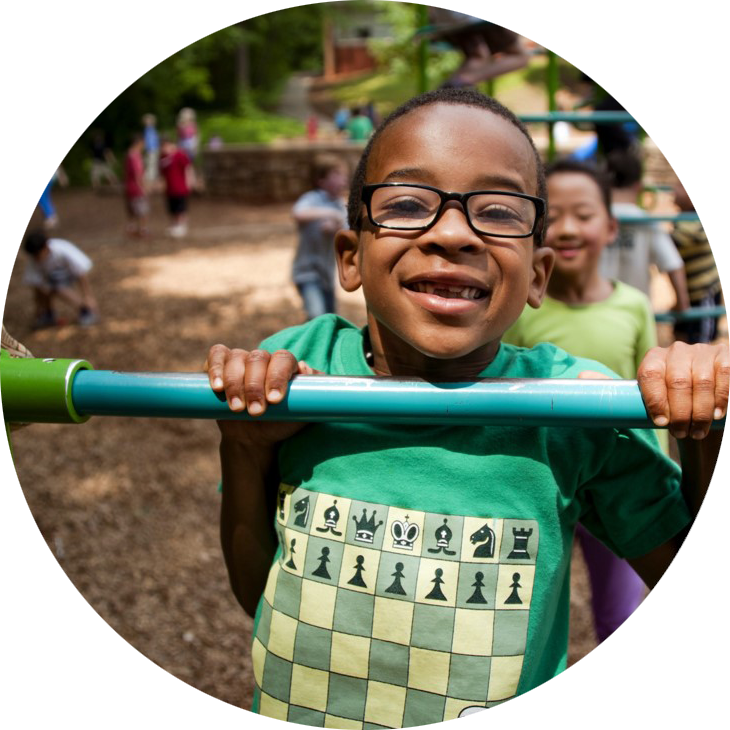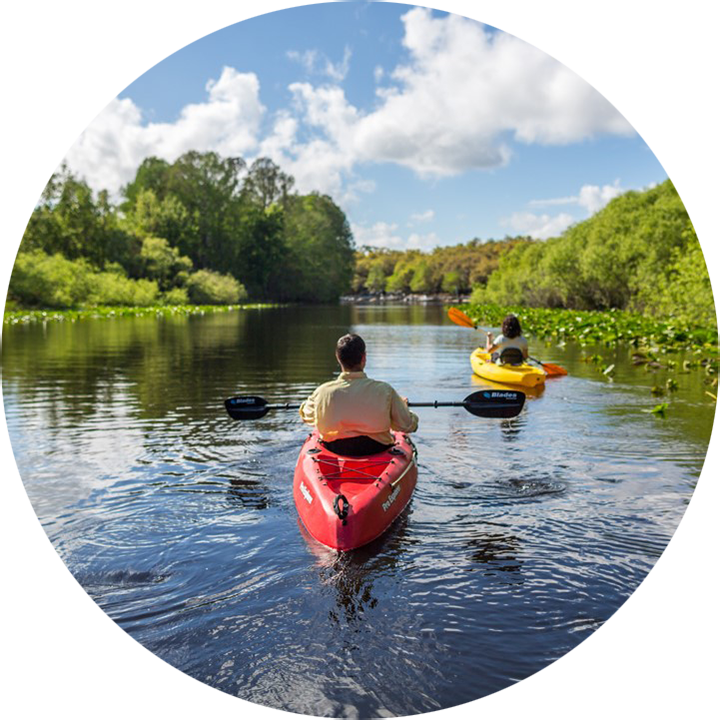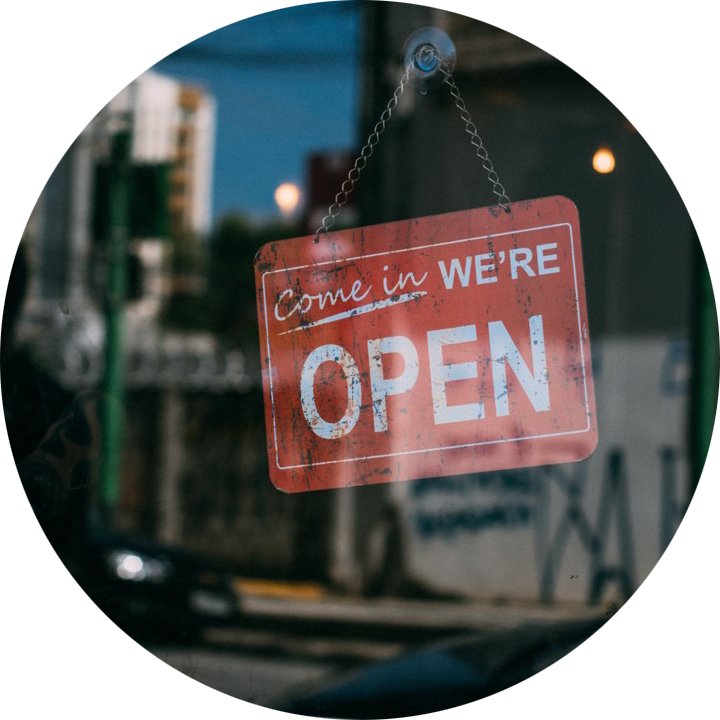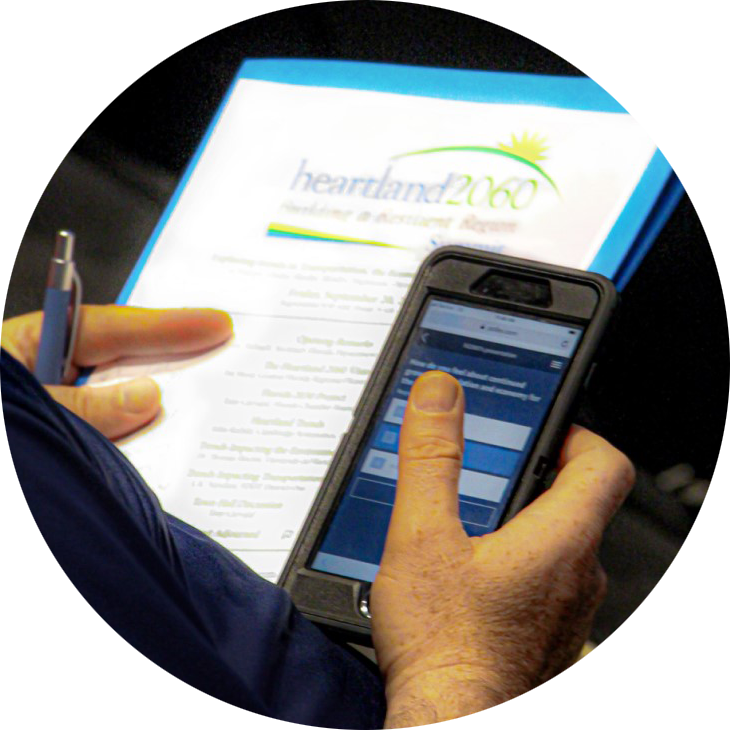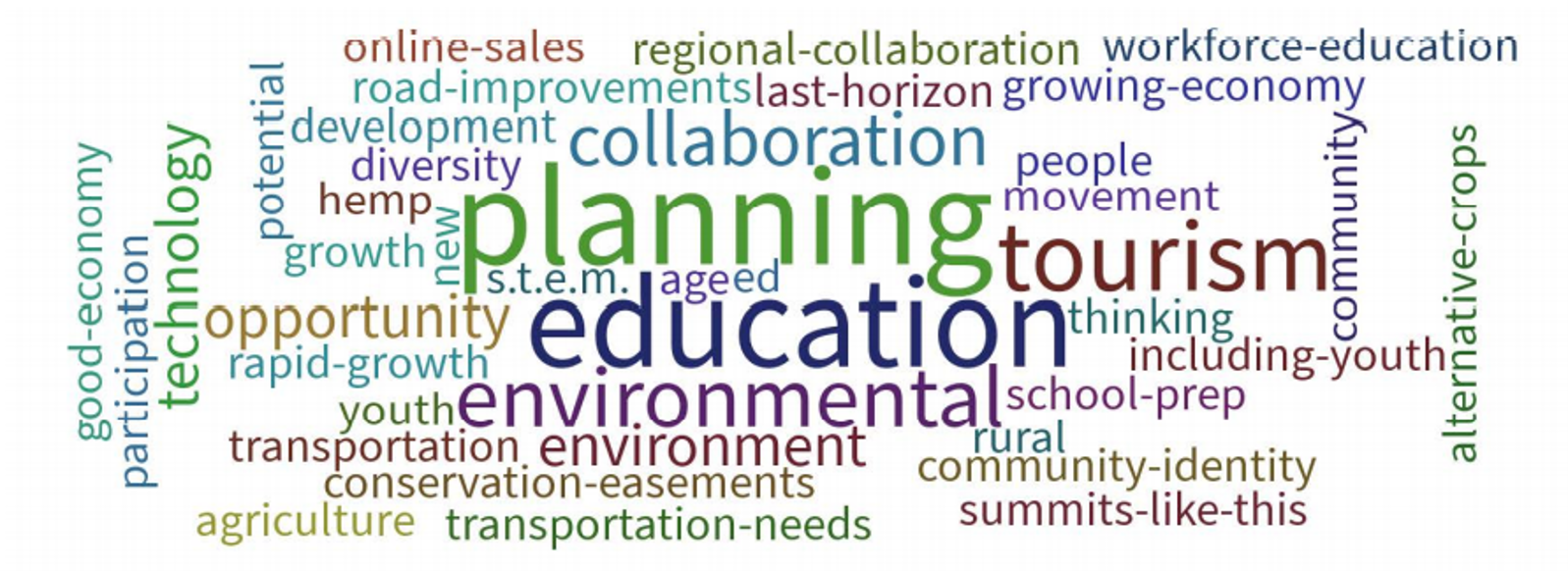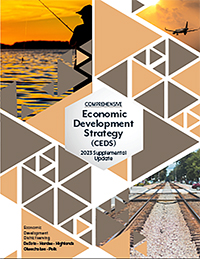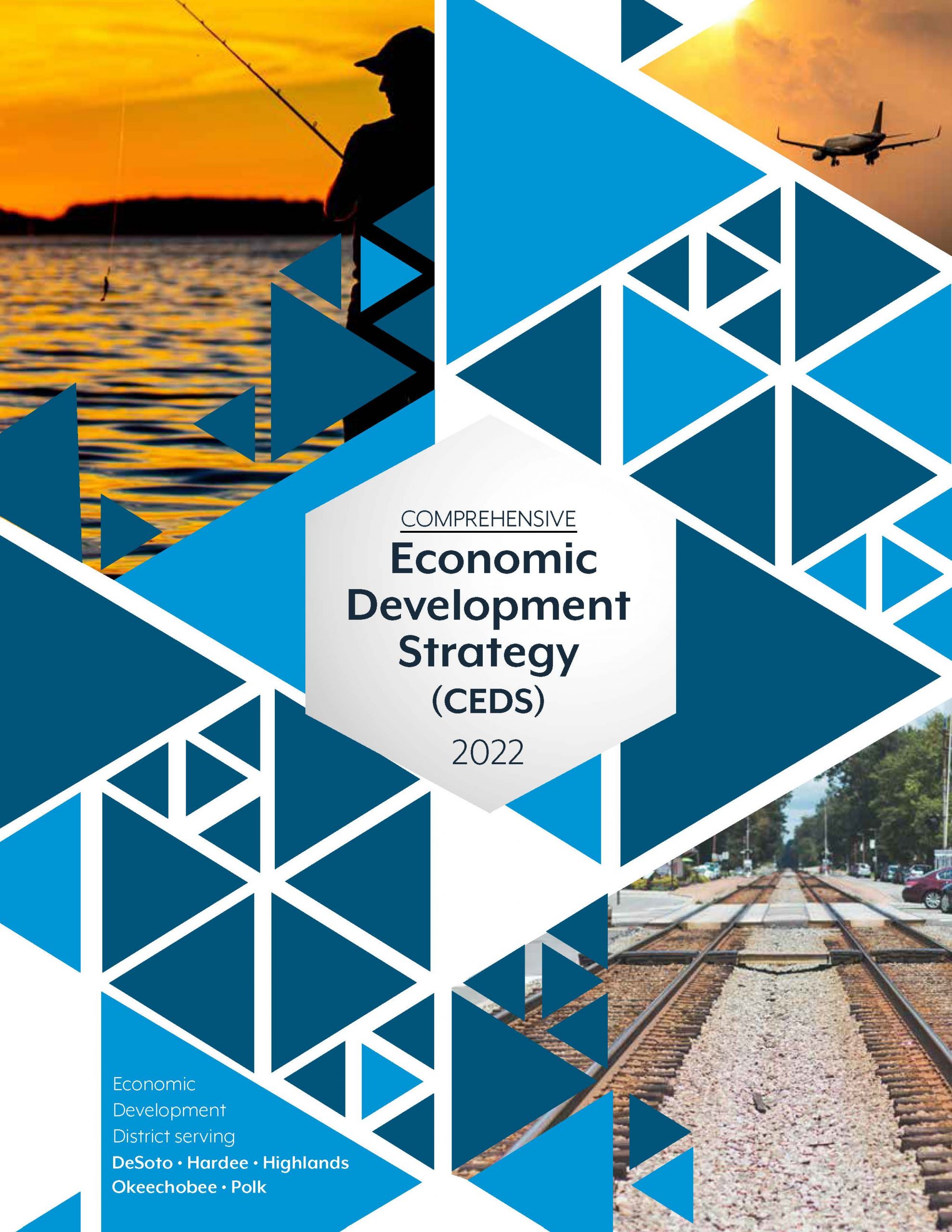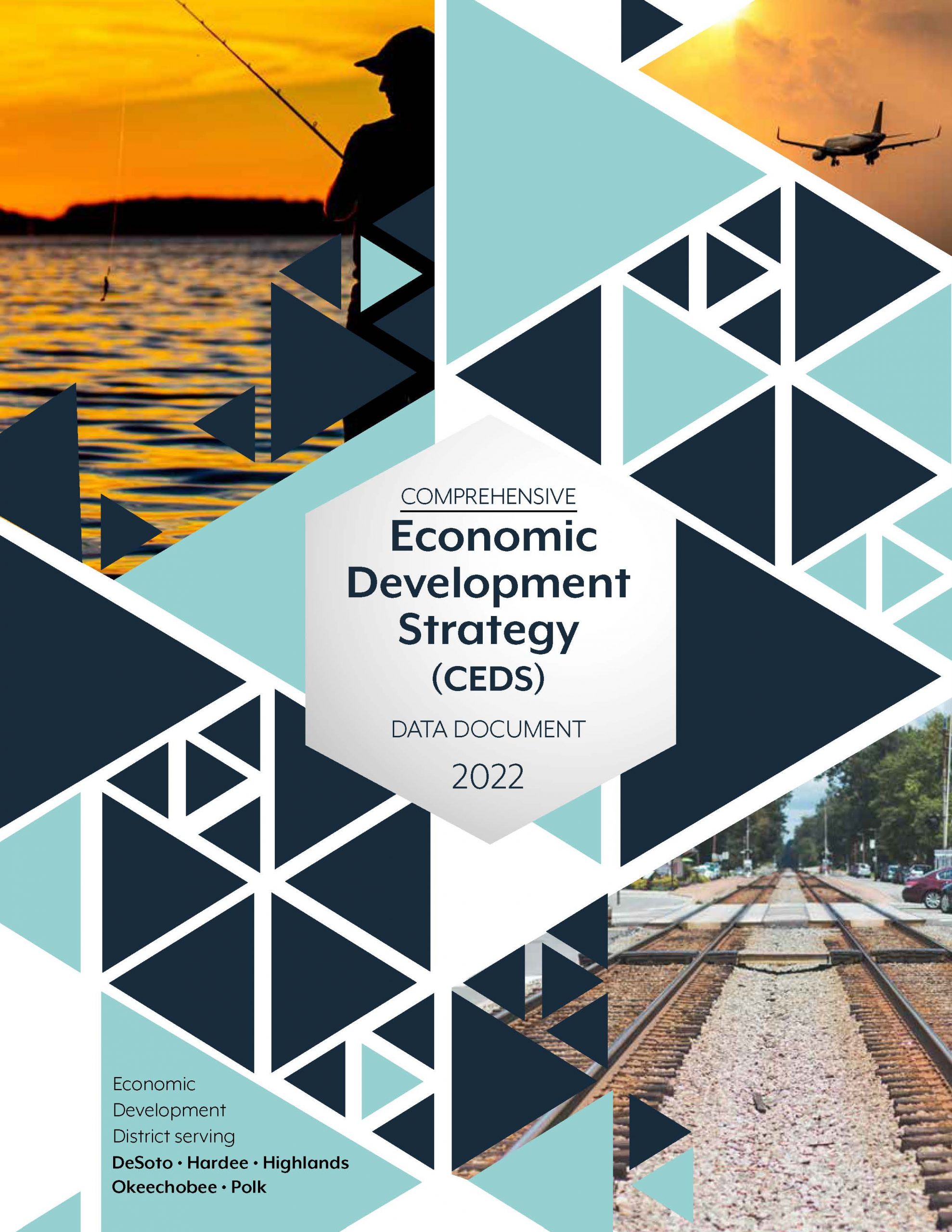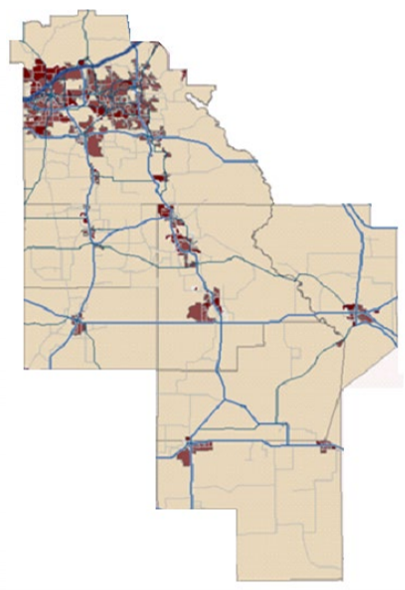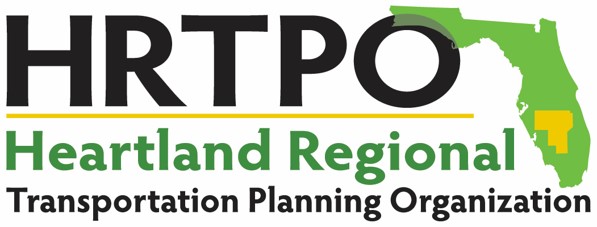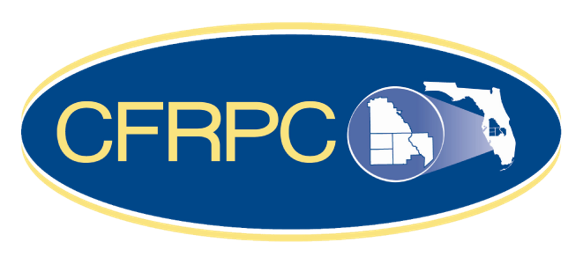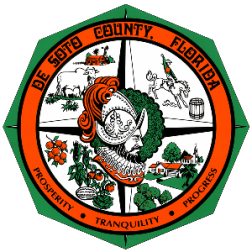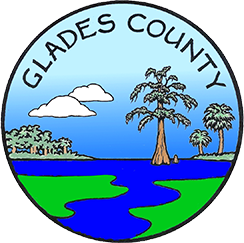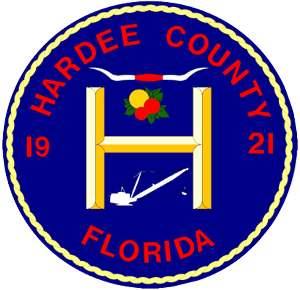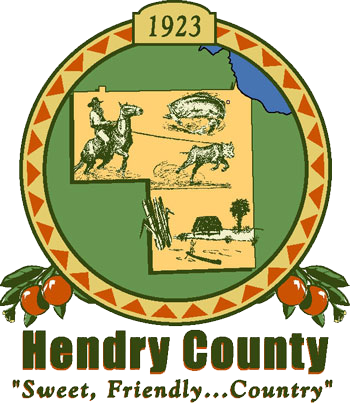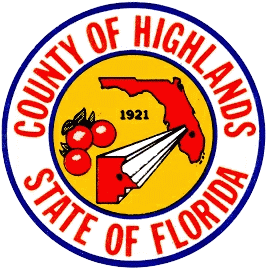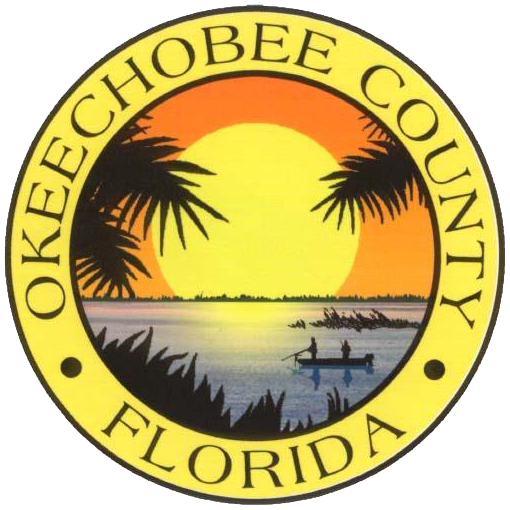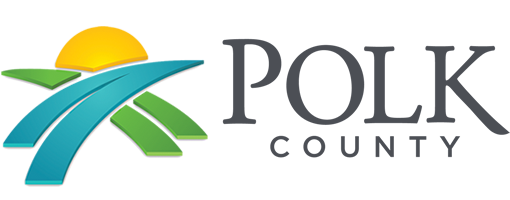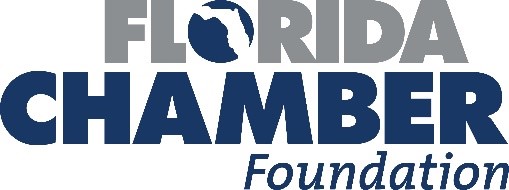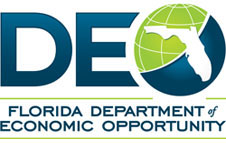Heartland 2060: Building a Resilient Region—Revisited has convened hundreds of citizens, stakeholders, influencers, committed volunteers, and elected officials, both in-person and virtually. The work studies today and forecasts what might be in the Heartland’s future. It served as a basis for thoughtful engagement with the conclusion that collaboration must continue as we find opportunities and solve mutual concerns to become a more resilient region. The Central Florida Regional Planning Council and the stakeholders have engaged and worked together on this program since 2007, and an update was completed in 2020.
Heartland 2060 encompasses seven counties in Central Florida, including DeSoto, Glades, Hardee, Hendry, Highlands, Okeechobee, and Polk.
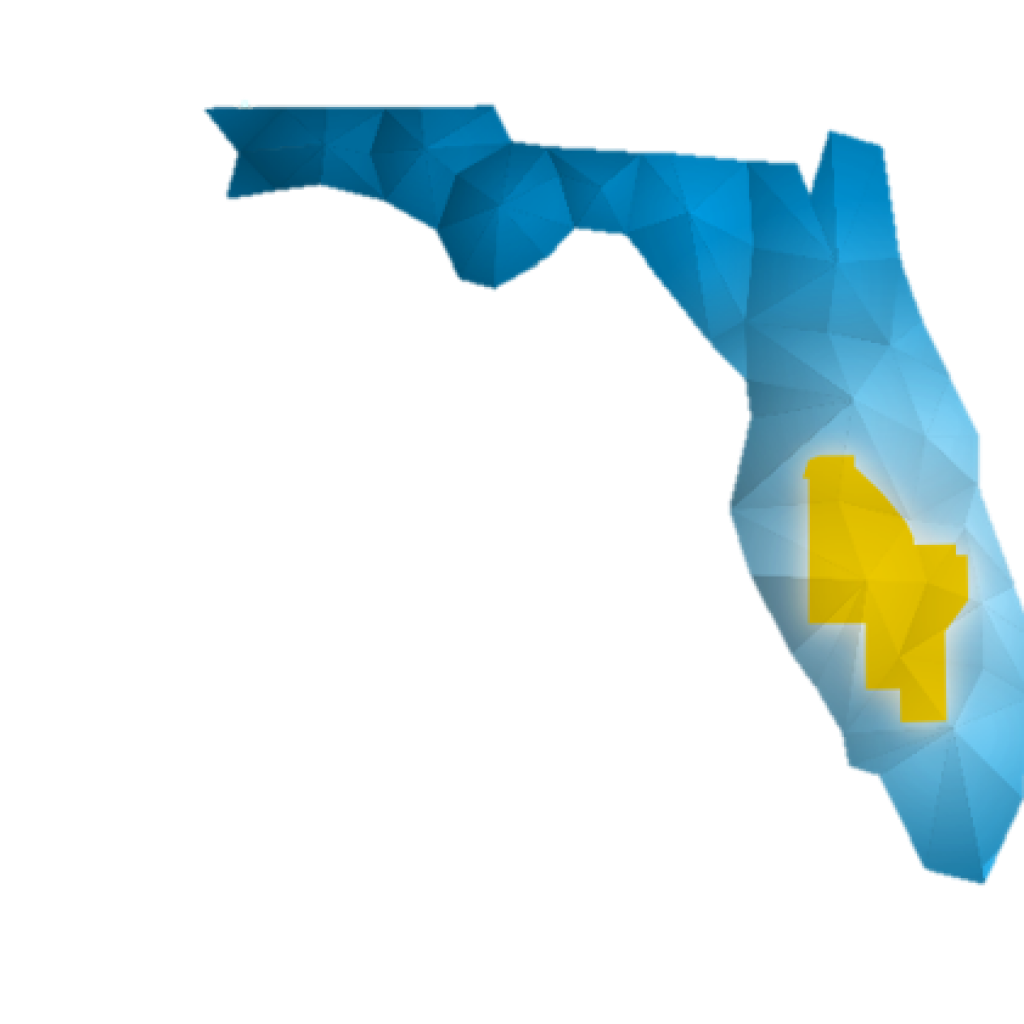
The vision enables growth while preserving natural areas and protecting wildlife and agricultural production, supporting healthy communities, large and small, and ensures a vibrant economic and social opportunities.
The Future of Our People and Communities
The visioning partnership supports planning for regional infrastructure, economic development collaboration, and stewardship of our Heartland resources.
The Future of Our
ENVIRONMENT
- 7 County Area | 4,776,367 Acres | 926,217 Acres of Protected Land à 19% of the Heartland Region
- Natural Resources in the Heartland
- Green Swamp to the north, the Heart of the Floridan Aquifer, serves as the headwaters of four major rivers including the Peace River.
- The Peace River to the west supplies over 6 million gallons per day of drinking water to the region. The Kissimmee River to the east is critical to the region’s flood control efforts and supports a wide array of recreational opportunities.
- The Lake Wales Ridge in the center of the region supports distinctive plant and wildlife species found nowhere else in the world.
- The eastern half of the seven-county region north of Lake Okeechobee make up the Northern Everglades watershed.
- The total permitted capacity for potable water pumping in the Heartland is estimated to be over 125 million gallons per day. (Source: Current potential water permits, South Florida Water Management District and Southwest Florida Water Management District)
What trend or change gives you the most hope for the future of this region?
The Future of Our Economy
Economic Features
Three Future economic scenarios were developed: the Current Economy, the Trade and Logistics Economy, and the Tourism and Ecotourism Economy. Two of the Futures (Trade and Logistics Economy and Tourism and Ecotourism Economy) correspond to a regional focus on particular industry clusters, and the Current Economy Future corresponds to a continuation of the current economic trajectory. All three economic futures were used to inform the data that predicts travel demand in the future.
The three different potential economic futures correspond to what might happen if there were directed regional development of industry clusters, as identified in the Comprehensive Economic Development Strategy (CEDS) document that has been produced for the region.

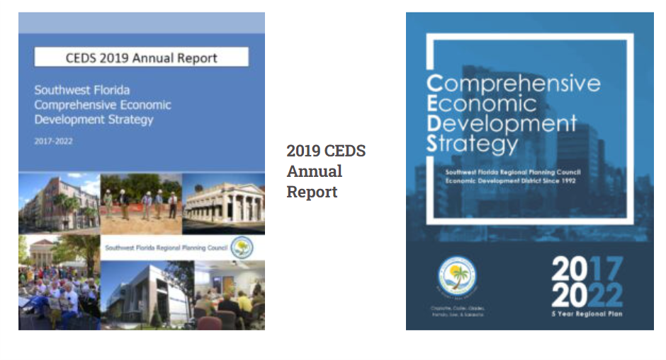
A future that...
Resembles the Present.
If we continue to follow current and historical trends in:
- Population
- Employment
- Land use

A future that is...
Making and Moving Goods.
If we focus on employment hubs for manufacturing, transportation, and warehousing, then we can expect our future to look like…
- Using current and future industrial areas and logistics and trade networks
- Maintaining high capacity transportation networks for moving goods
- Enhancing distribution of air cargo
- Establishing advanced manufacturing and warehousing facilities
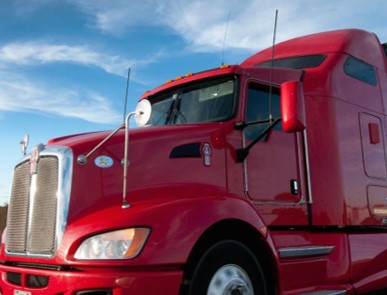
A future that is...
Tourism and Ecotourism.
If we focus on a future that develops Tourism and Ecotourism opportunities in the Heartland….
- Support expansion and enhancement of existing tourism venues
- Provide business development to capture ecotourism and recreational opportunities
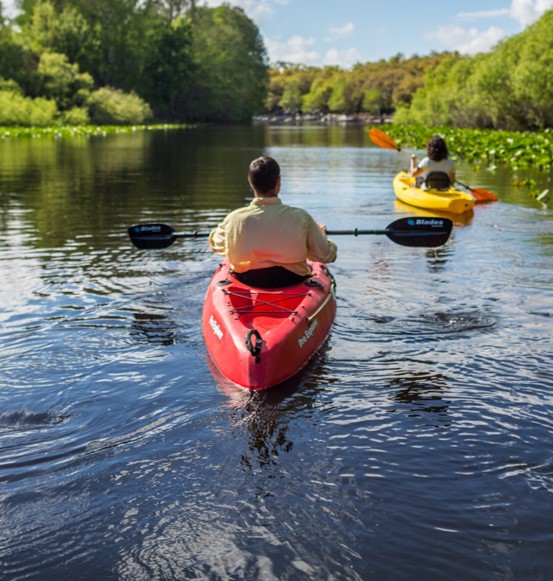
Target Industry Clusters
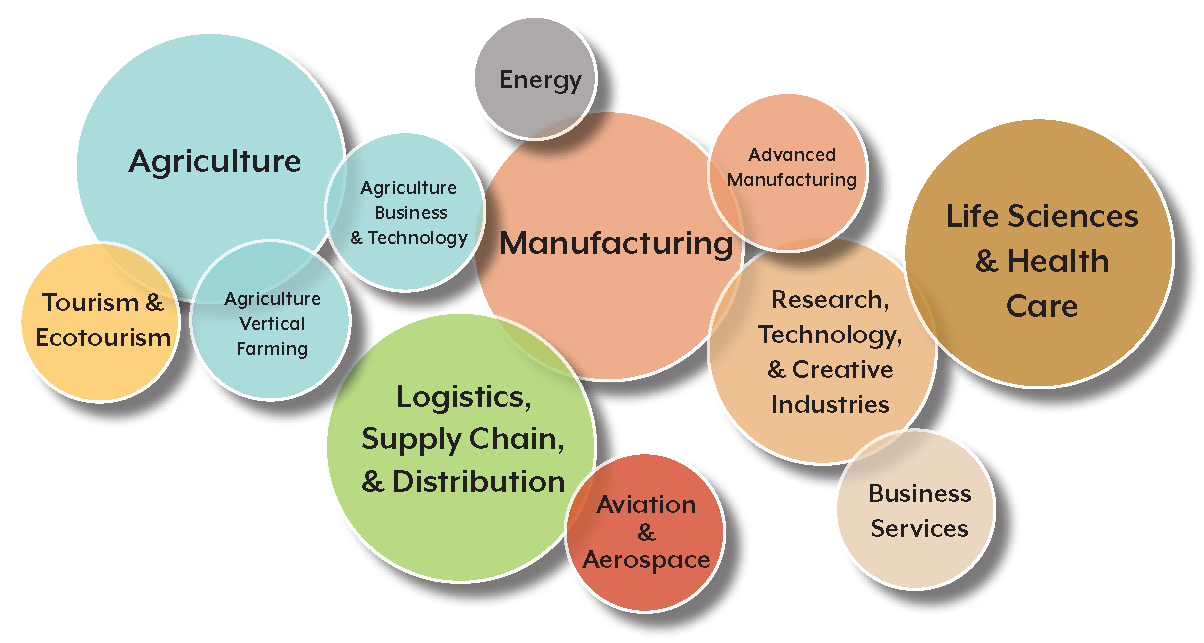
Transportation and Land Use
Heartland's Historic Connectivity
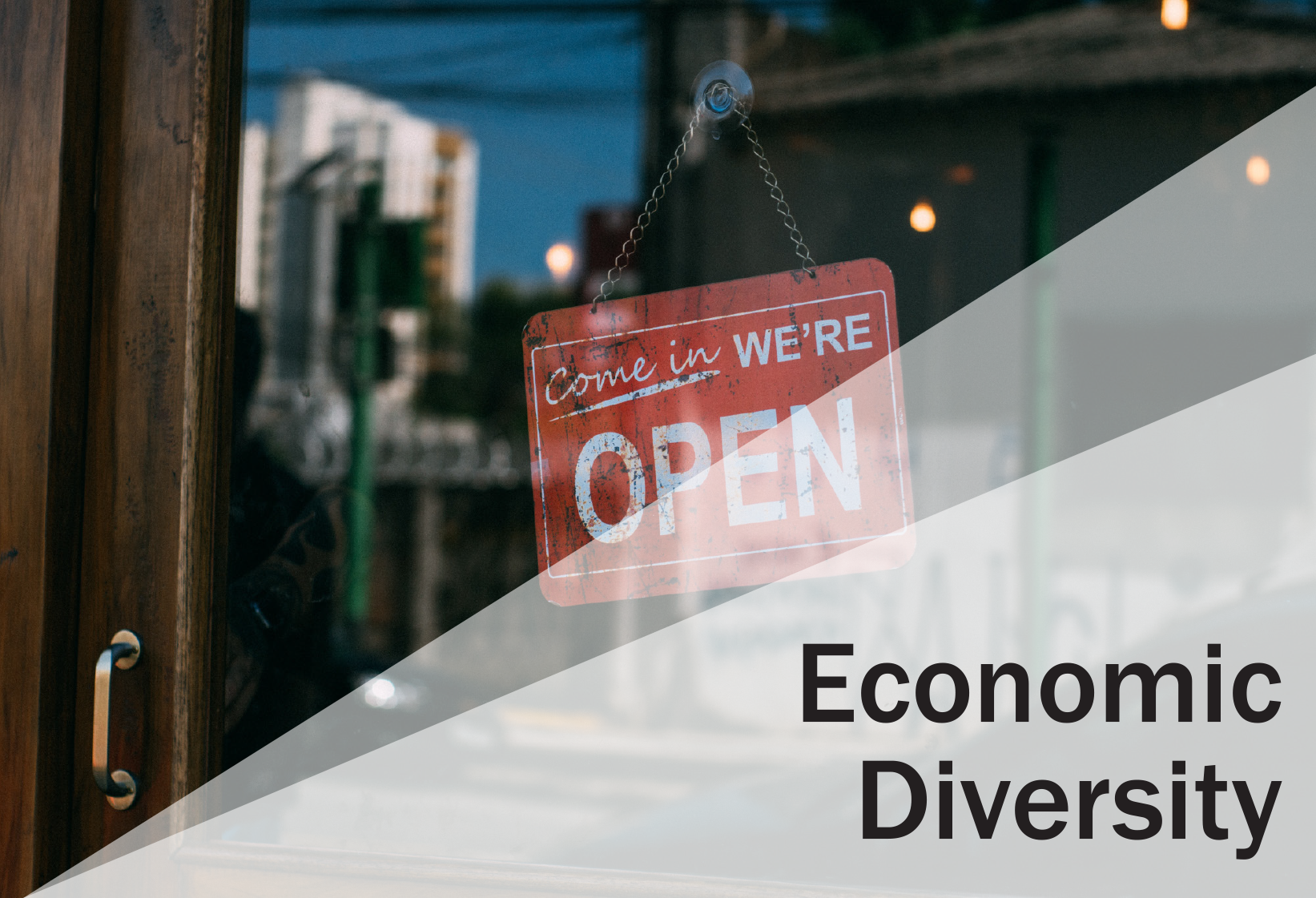
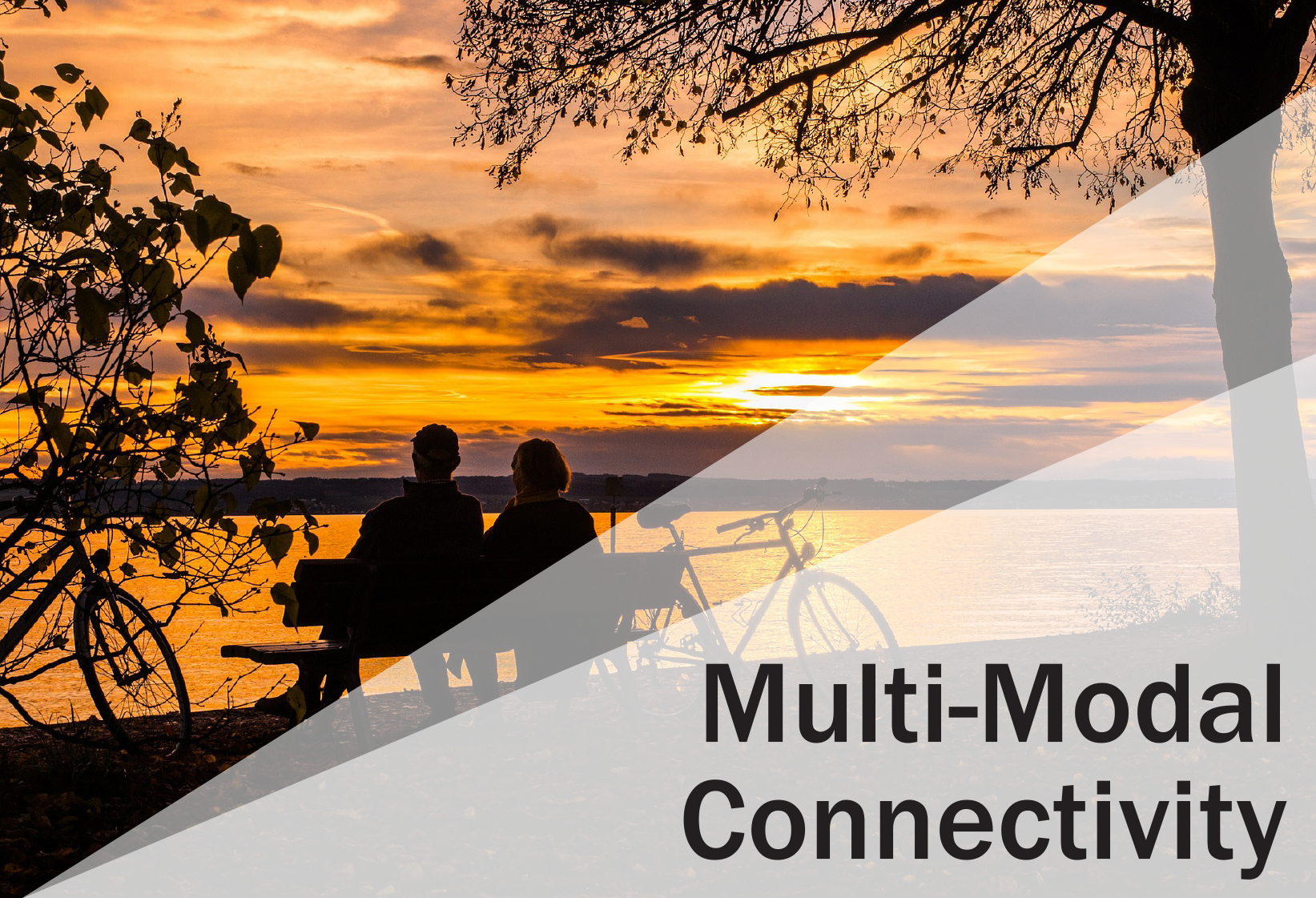

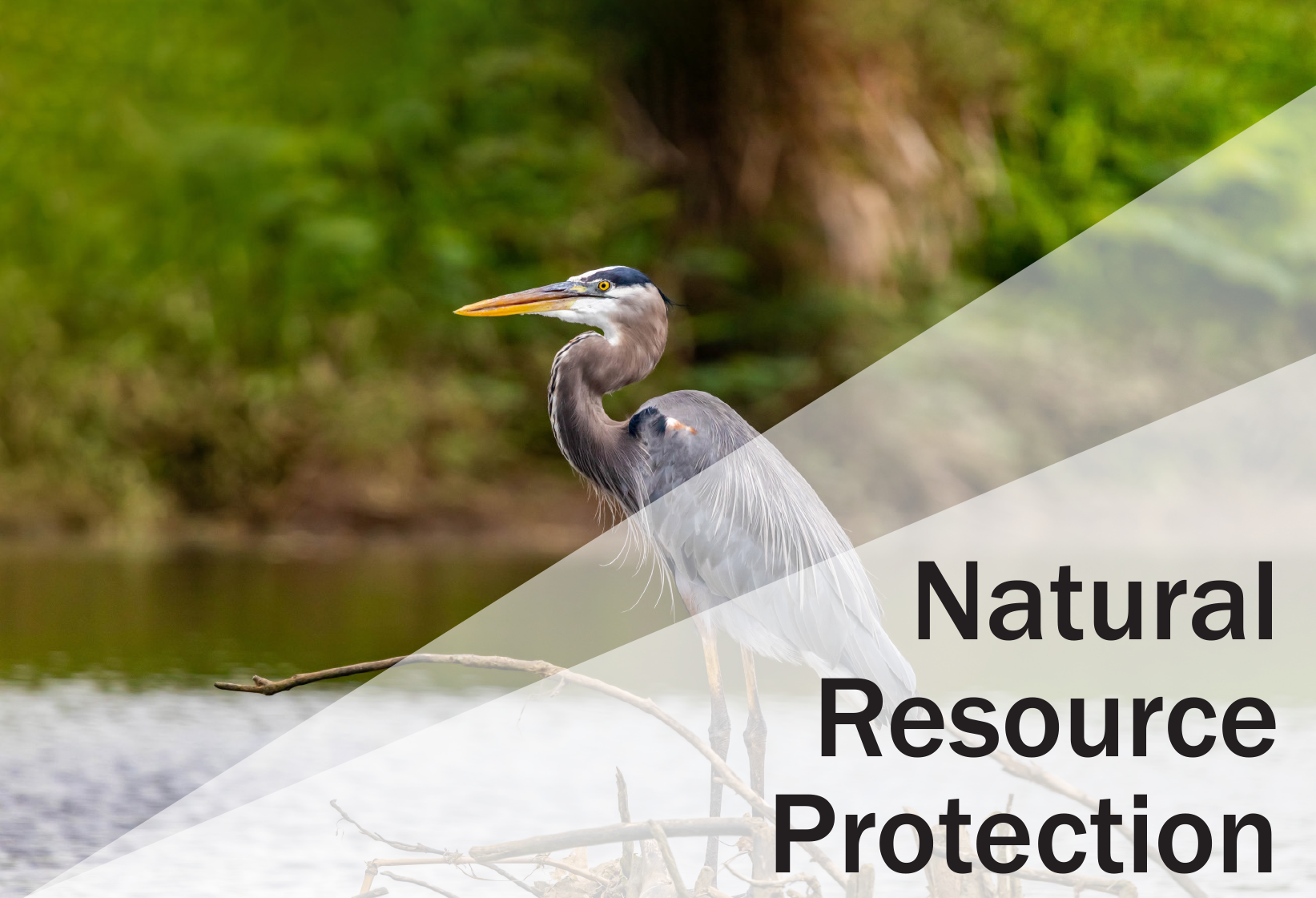

Our Heartland Values
The Heartland 2060: Building a Resilient Region visioning collaboration is guided by five Core Values since its founding. These values represent our common geography, our economy, our natural resources, our communities, and our history and are the basis for both our opportunities and our challenges for the future. Our Core Heartland Values have guided all our work supporting consensus building, development of plans and programs, support of existing and new initiatives, and continuing conversations.






Project History and Partners
We would like to express our sincere thanks and gratitude to the stakeholders and agencies that have partnered together with us to Revisit Heartland 2060: Building a Resilient Region. The logos on this page represent those organizations that have supported the resources necessary to provide this update and/or given personally their time and effort to move the collaboration into the next decade of partnerships.
The visioning partnership supports planning for regional infrastructure, economic direction development collaboration, and stewardship of our Heartland resources.
Title VI/Nondiscrimination Policy
Central Florida Regional Planning Council
555 E Church Street, Bartow, FL 33830 | 863-534-7130
Copyright © 2021. All Rights Reserved.
